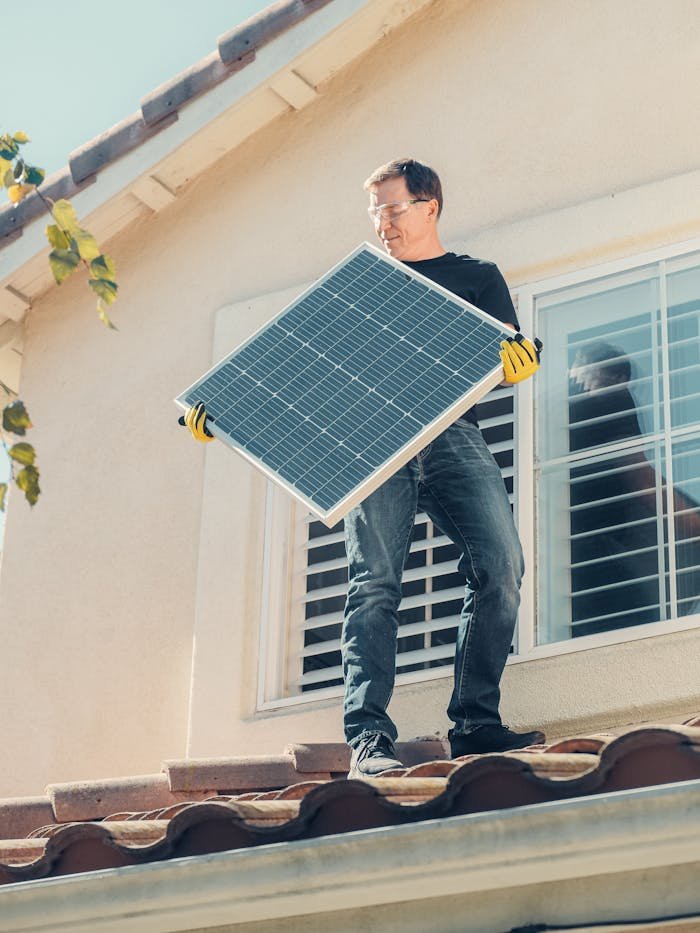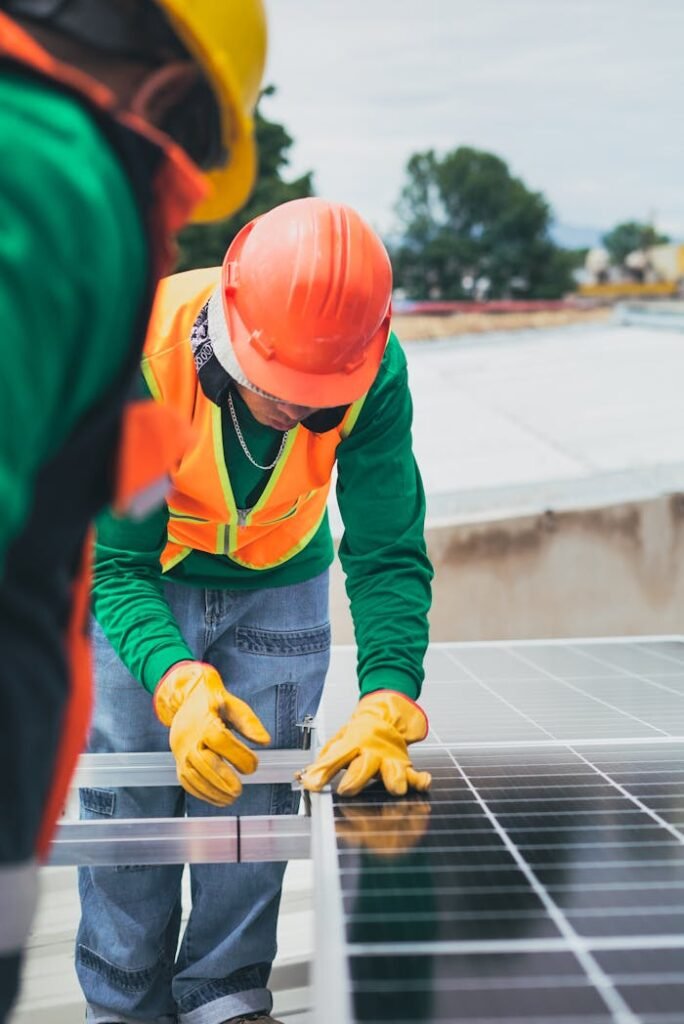What’s the Typical Price Tag to Set Up a Solar System in Your Area?
Thinking about upgrading your home to a cleaner, more efficient system? You’re not the only one. All across the Midwest, homeowners are waking up to the benefits of switching to something that works smarter, saves money month after month, and helps the environment while doing it.
This kind of setup doesn’t just trim your utility bills—it can also raise your property’s market value and bring long-term peace of mind. With today’s technologies, you’re looking at systems that are durable, low-maintenance, and designed to keep your home running smoothly for decades.
But let’s get real—most people’s first question is, “What’s it actually going to take to get this going?” And that’s where we come in. At Energy Source Hub AZ, we’re here to cut through the confusion, show you exactly what to expect, and help you move forward with zero guesswork. Whether you’re just curious or ready to make a change, we’ve got the answers and the experience to guide you from start to finish.
What You Can Expect to Pay Upfront
For a standard home in the Midwest, most people can expect to spend between $12,000 and $20,000 to get a full setup that supports cleaner living. This estimate includes all the essential gear, plus the skilled labor needed to get it working smoothly.
After applying the federal tax credit—which shaves 30% off the total—you’re typically looking at a final outlay closer to $12,000 to $14,000. Depending on your home’s layout and specific needs, it could end up being even more affordable.
What Can Affect the Total Price?
A few things can push your cost up or down, so here’s what to keep in mind:
How much energy you need
Bigger homes or families with higher energy use are gonna need more capacity, which bumps up the overall cost—but also gives you more long-term savings.
The shape and condition of your roof
If your home has a steep pitch, multiple angles, or needs repairs before work can start, expect to see that reflected in the labor portion of your quote.
The type of equipment you choose
There’s a range of quality and performance when it comes to the materials used. Some options are cheaper upfront, while others last longer and perform better over the years.
Who’s doing the install
Like anything else, experience and service matter. A trusted local expert might charge a bit more, but they’ll likely save you headaches (and dollars) down the line.
Sweet Deals & Incentives That Help You Save
One of the best parts of getting started right now? All the money-saving programs that are still available.
Federal Tax Credit (30%)
You can knock nearly a third off your total bill come tax time. That’s real money in your pocket.
State-Specific Programs
Depending on your utility provider, you may qualify for payments or credits based on how much clean energy your system produces over time. It’s a way to earn while you save.
Bill Credits from Your Utility Company
If your system produces more than you use, your utility might give you credit or even buy some of it back. That keeps your bill nice and low year-round.
Property Tax Exemptions
Even if your home value goes up thanks to the upgrade, you won’t be hit with higher taxes on that improvement—at least not in most parts of the region.

When Do You Break Even?
Most homeowners start seeing their investment pay for itself within 7 to 9 years. After that, it’s all upside.
For example, if you’re trimming about $1,500 off your utility bills each year and your total out-of-pocket came to $12,000 after rebates, you’d hit the break-even point in roughly 8 years. And with most systems built to run for 25 years or more, that leaves you with over 17 years of putting money back in your pocket.

